CV Format Guide for 2025 [With 10+ Examples]
![CV Format Guide for 2025 [With 10+ Examples]](https://jofibostorage.blob.core.windows.net/blog/cv-format-guide-header.png)
If you are looking for an academic position in the US, or you’re job searching in Europe, chances are that you will need a CV.
A CV is a document in which you list all of your professional and educational history. It’s short for the Latin phrase curriculum vitae - course of life. Like a resume its sole purpose is to provide potential employers with a detailed overview of just that - your course of life. At least in regards to your professional and academic achievements.
Formatting your CV correctly is important to make sure your information will stand out in a clear and concise manner. In this article we will focus on the top three CV formats; reverse-chronological, functional and combination.
The headlines will be:
- What to include on a CV
- The three top CV formats [with examples]
- How to choose your CV format
- CV formatting tips and tricks
What to include on a CV
Before we look into the different CV formats let’s get the basics covered. In the US there is a big difference between a CV and a resume while in Europe a resume and a CV is basically the same.
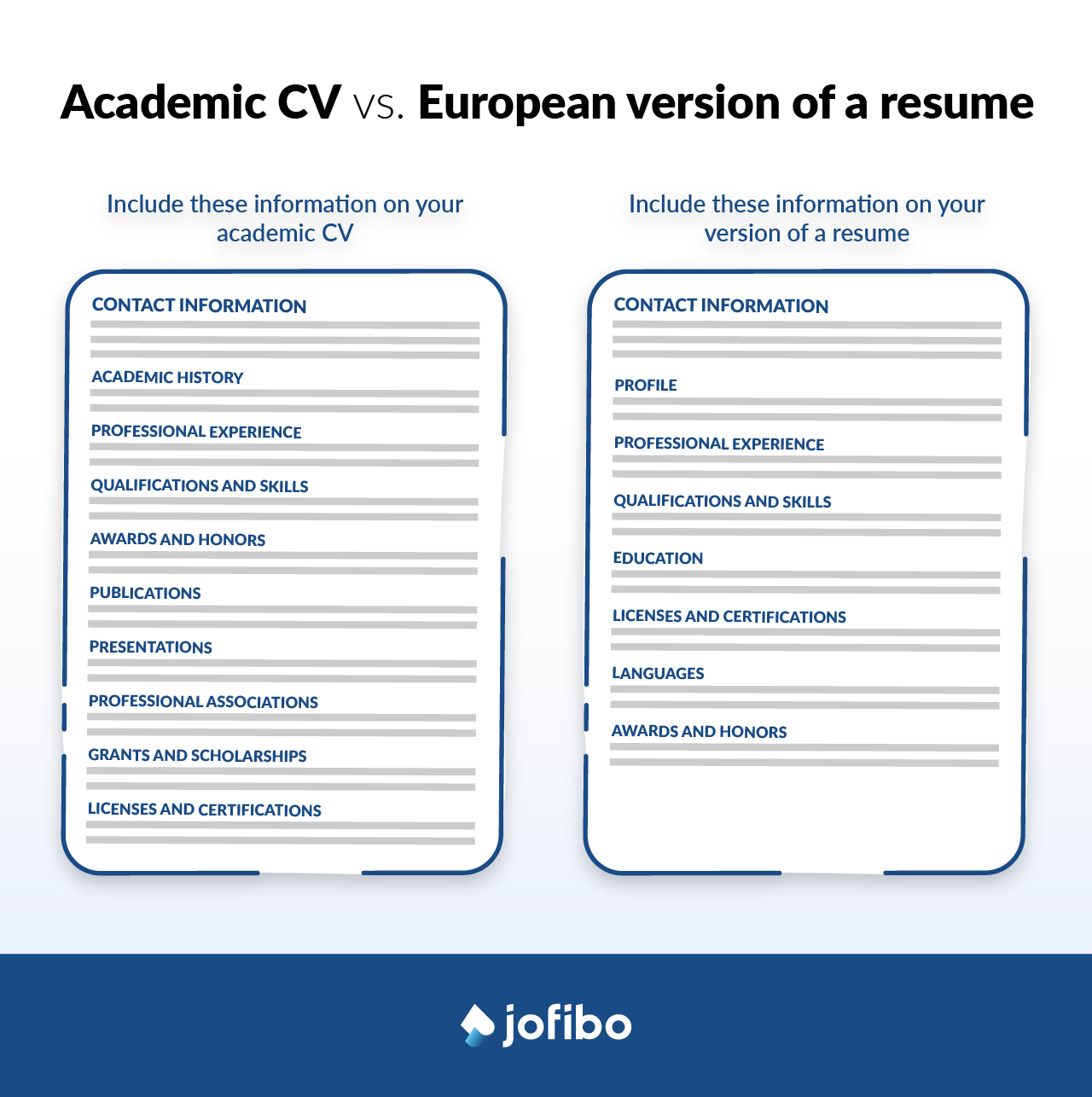
Your academic CV should contain the following sections:
- Contact information: Include your full name, address, phone number and email address.
- Academic history: List all of your educational and academic degrees from high school through postdoctoral (phd). Include the name of your title, your graduation year and the name of the school.
- Professional experience: Include the name of the organizations where you’ve worked, your job titles, the dates you were employed and a summary of your most relevant experiences and achievements.
- Qualifications and skills: List a combination of hard and soft skills you’ve developed throughout your career.
- Awards and honors: For each award, add the name, year received, the organization that gave you the award and any pertinent details (such as how often it’s presented).
- Publications: If you have any publications, provide a full citation including any co-authors, date, summary, volume, page, DOI number.
- Presentations: If you have made any relevant presentations, provide the title, date and venue where you presented.
- Professional associations: List the organization’s name, location or chapter and the dates of active membership.
- Grants and scholarships: Provide the name of the grant or scholarship, date awarded and the institution that provided the award.
- Licenses and certifications: Include the name of the license or certificate, the date you earned it and the institution that awarded it.
If you are not writing an academic CV but instead the European version of a resume, here’s what you should include:
- Contact information: Include your full name, address, phone number, email address and perhaps a link to your LinkedIn profile or personal website.
- Profile: A short summary of your professional life and achievements
- Professional experience: Include the name of the organizations where you’ve worked, your job titles, the dates you were employed and a summary of your most relevant experiences and achievements.
- Qualifications and skills: List a combination of hard and soft skills you’ve developed throughout your career.
- Education: List all of your educational and academic degrees from high school through college. Include the name of your title, your graduation year and the name of the school.
- Licenses and certifications: Include the name of the license or certificate, the date you earned it and the institution that awarded it.
- Languages: List the languages you speak well enough to use professionally
- Awards and honors: For each award, add the name, year received, the organization that gave you the award and any pertinent details (such as how often it’s presented).
Now that you know more about what to include on your CV it’s time to get a handle of the CV format.
The top three CV formats
The right CV format can make it or break it in your job search. It will open doors to hiring managers’ offices. It will land you a job. Learn about the different types of CV formats in our guide and get inspired from our CV examples.
No CV format is better than the next, per se. But some will work better than others. It depends on your situation.
The top three CV formats are
- The reverse-chronological CV format
- The functional CV format (also known as the skill based CV format)
- The combination (hybrid) CV format
I’ll explain each CV format in detail below with pros and cons plus there will be CV examples that you can get inspiration from.
1. The reverse-chronological CV format
The reverse-chronological CV format is by far the queen of CV formats. It’s the most widely used and the one that recruiters and hiring managers are most familiar with. In this format you focus on your work experience, with the most recent (or your present) jobs listed in the top of your experience section. This way the recruiter will see your most recent experiences first, and as she moves down along the document she will get to your oldest experiences.
Reverse-chronological CV example:
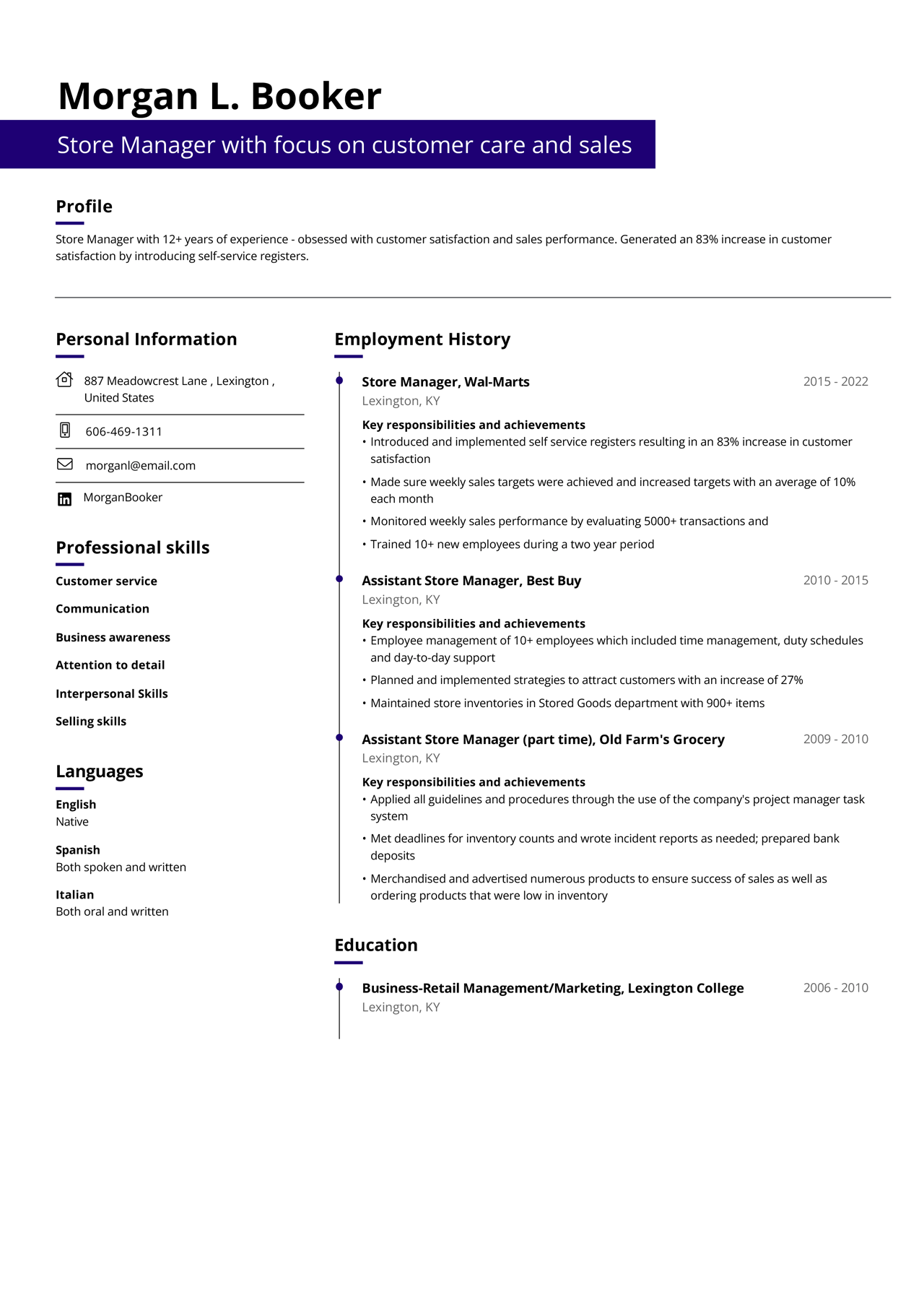
Pros and cons for the reverse-chronological CV format
Pros
- The most recognized CV format out there, by recruiters as well as ATS
- Great for showing your career progress
- Ideal if you’re looking for a job in the same field as you’re currently in
Cons
- Any gaps between employments will become very obvious
- This CV format is not ideal if you are changing career path
- Job hopping becomes very apparent
2. The functional CV format
In the functional CV you emphasize your skills and other qualifications rather than your professional experiences. When using this format you more or less ignore the when and where part of your professional life and instead focus on the what part. Your skills will be displayed at the top of your CV in order of most relevant to least relevant. However, make sure that even the “least relevant” skills are still relevant to the job in question.
Functional CV example:
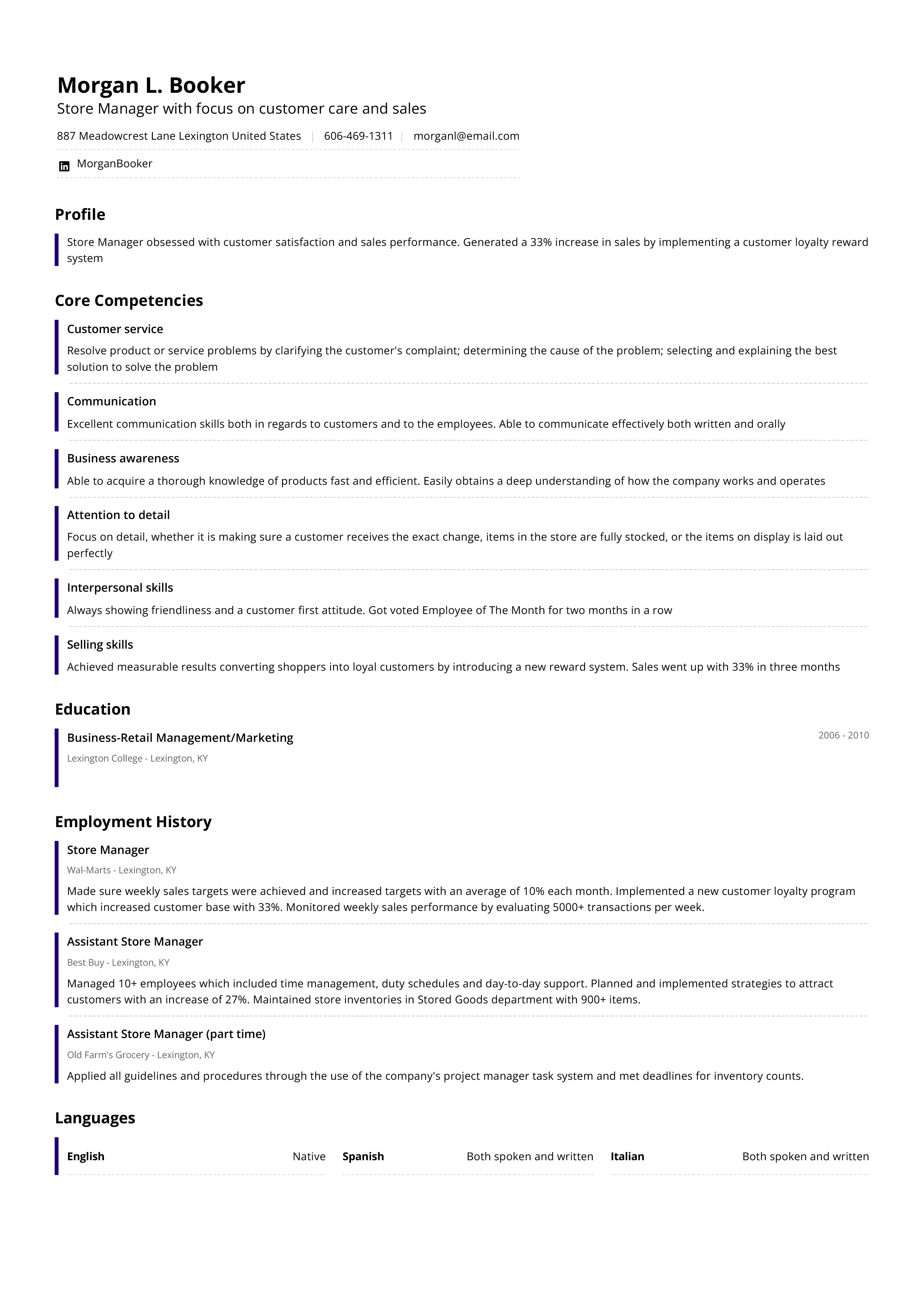
Pros and cons for the functional CV format
Pros
- Good for hiding large gaps in your work history
- Good for changing careers
- Good for highlighting a specific skill or skill set
Cons
- Doesn’t show off a clear career progress
- This format is not good if you lack skills that come with experience
- This format is not good if you lack transferable skills
3. The combination CV format
The combination CV format is, as the name implies, a combination of the two previous. Thus, it combines elements from both CV formats. You should begin your combination CV with a CV summary (your profile) followed by either a work experience section or a skills section. Additional skills can be added after the skills section. Since both work experience and skills play a big role there is not much room left on your CV for education.
Combination CV example:
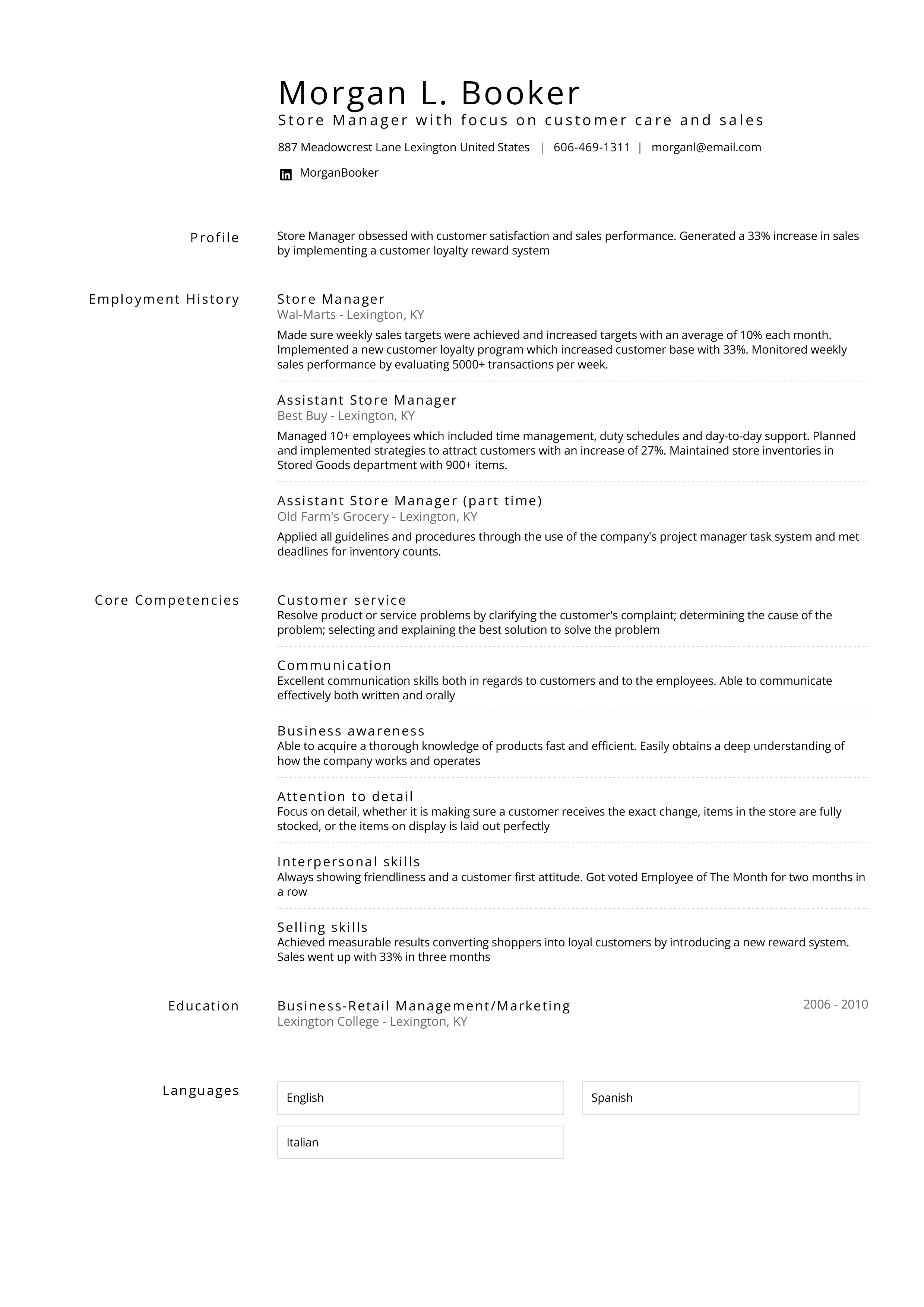
Pros and cons for the combination CV format
Pros
- Good for showing off skills
- Helps you hide employment gaps
- Good if you have a lot of experience in one field
Cons
- Not good if you don’t have any experience
- Not good if you want to highlight your education
- Not good if you don’t have a lot of skills to highlight
How to choose your CV format
Still not sure how to decide on which CV format to choose? Our CV format guide below will show you.
Reverse-chronological CV
Choose this if:
- You are looking for a job within your current field
- Your skills and work experience match each other
- You are experienced within your field and haven’t had any large employment gaps
Most of our CV templates are based on a reverse-chronological format but there are also some that are great choices for either a functional CV or a combined CV.
Functional CV
Choose this if:
- You have employment gaps you want to hide
- You want to change careers
- The job you’re applying to puts more emphasis on your skills rather than your experience
Combination CV
Choose this if:
- You have specific skill sets you want to highlight
- You have employment gaps you want to hide
- You are applying for a job that requires a specific set of technical skills
Four CV formatting tips and tricks
Congratulations on making it this far in the read. The rest of our CV format guide is very hands on and practical. We’re going to guide you through the best way to format your CV so that you’re sure to get the best result from your efforts.
These four tips below are super easy to follow and can be applied to your already existing CV.
1. Length
An academic CV is typically longer than a resume or a European CV (which is normally one to two pages long). Most academic CVs are at least two pages long, most often much longer than that.
2. Fonts
As a rule of thumb you should always choose a font sans serifs. That means, a font that doesn’t have serifs. Fonts with serifs, such as Times New Roman, can make your CV look outdated. A sans serif font is also easier to read by the recruiter so to be on the safe side we recommend to use fonts such as Arial or Calibri which don’t have serifs.
3. Alignment
Keep the body of your CV left aligned. It looks more clean and organized where any other alignment will easily make your text appear clumsy and messy.
4. ATS friendliness
All three tips above will increase your chances of getting read properly by the applicant tracking systems. But there are more things you can easily do:
- Keep your CV format simple and avoid fancy graphics
- Keep your bullet point symbols round
- Use standard headings such as the ones in Jofibo’s CV builder
Key take aways
If you take only one thing away from this post, let it be this: choose your CV format with care. Make sure it matches both where you are in your career and the job you’re applying to. Below is a quick overview of what we’ve been through.
- In the US you use a CV for academic purposes
- In Europe a CV is the same as a resume
- There are three CV formats: reverse-chronological, functional and combination
- Each has its strengths and weaknesses
- The reverse-chronological CV format is best to show your career progress
- The functional CV format is best for changing careers
- The combination CV format is best to show off your skills
- Always keep your CV as simple as possible
Are you ready to build your own CV?
Below here are some professional CV examples from different professions.

Front End Developer CV example

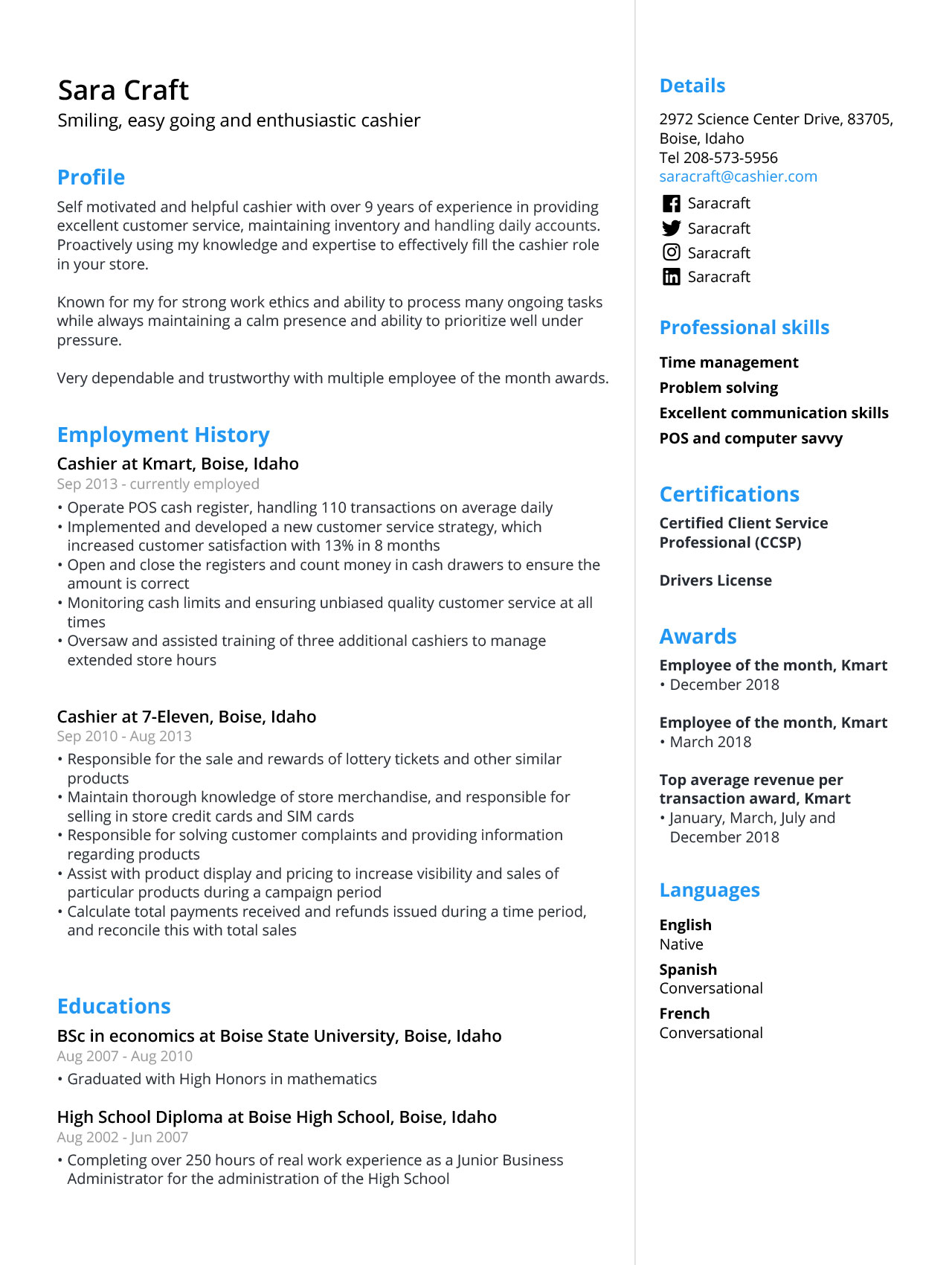
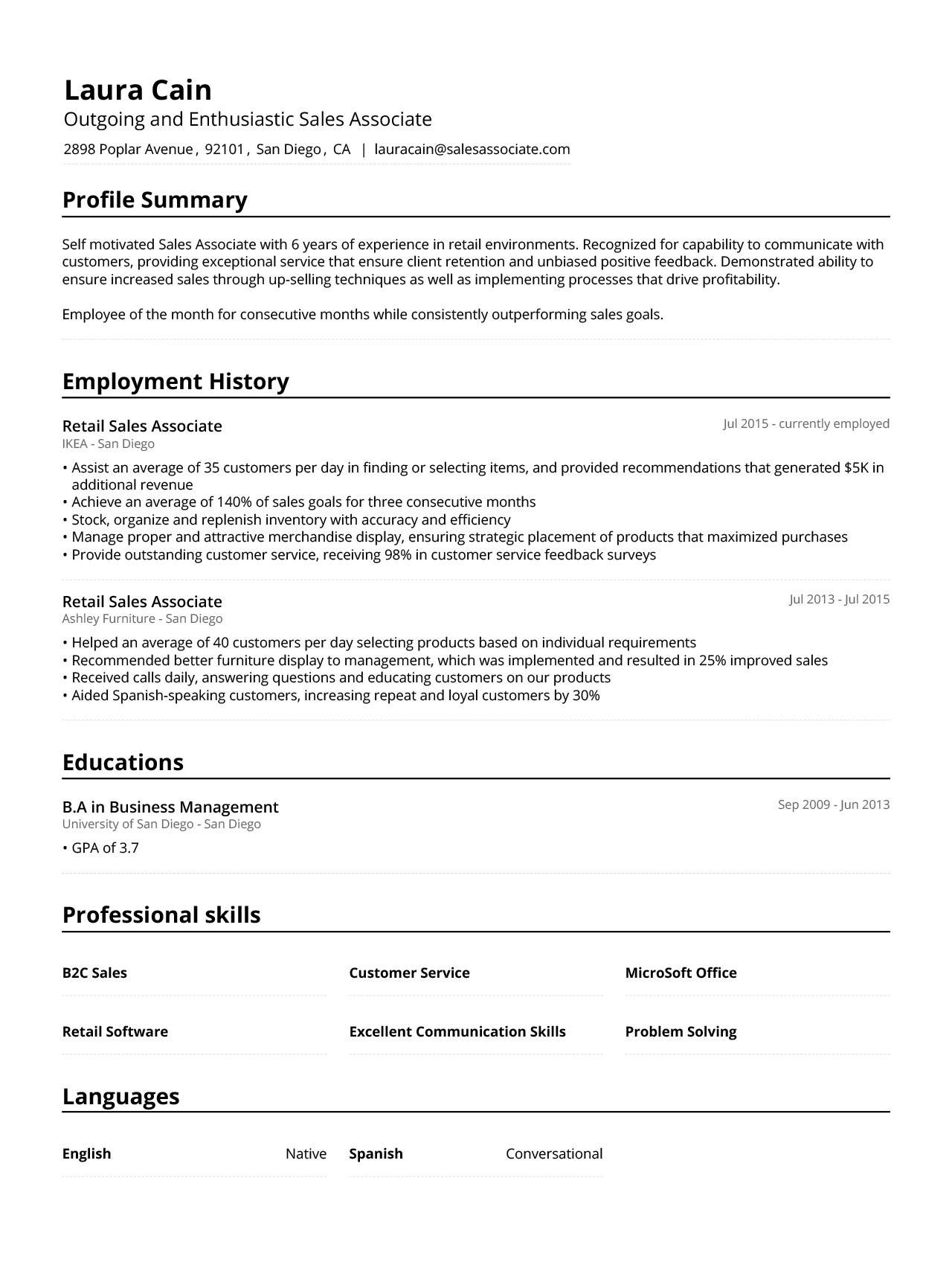

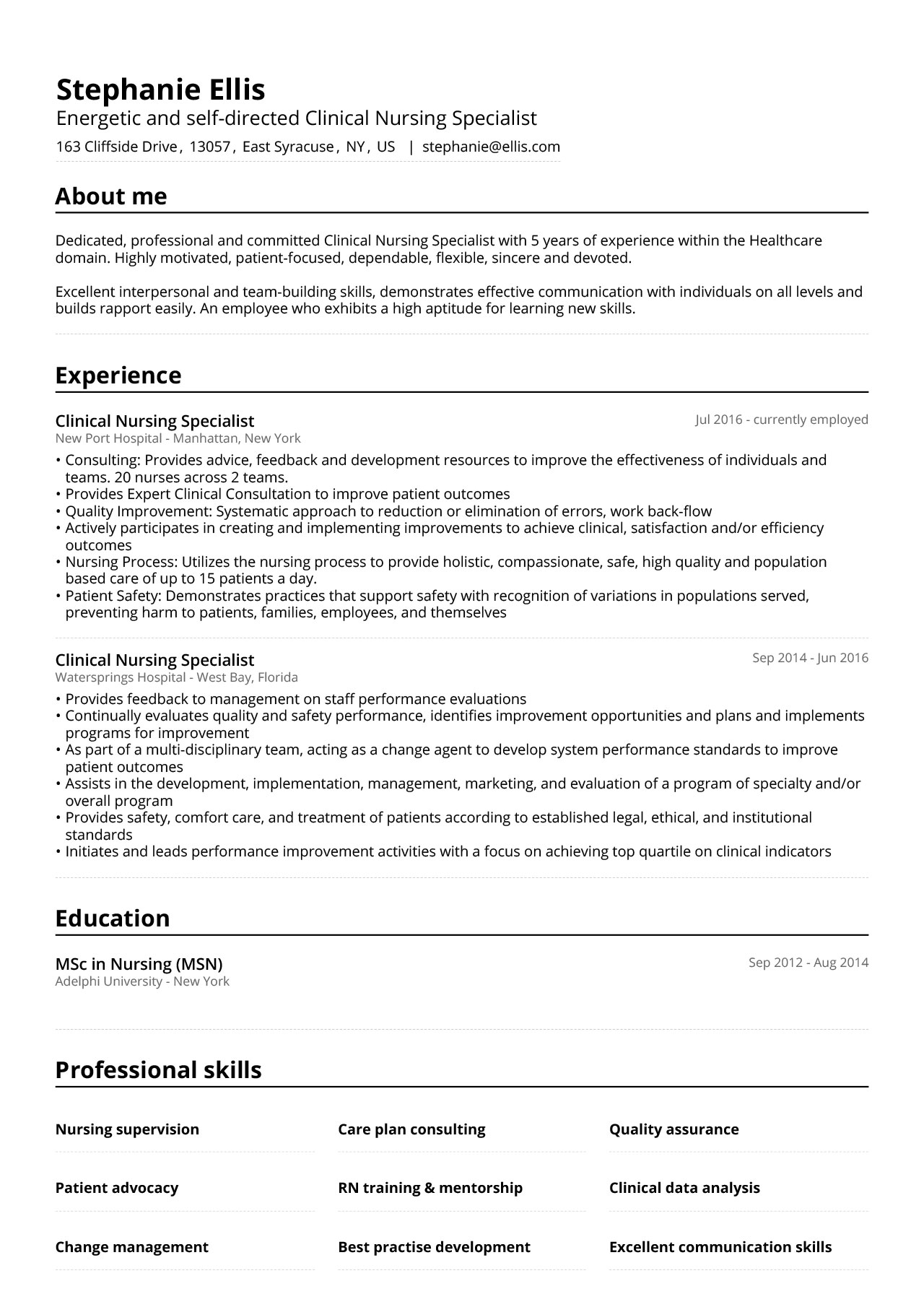
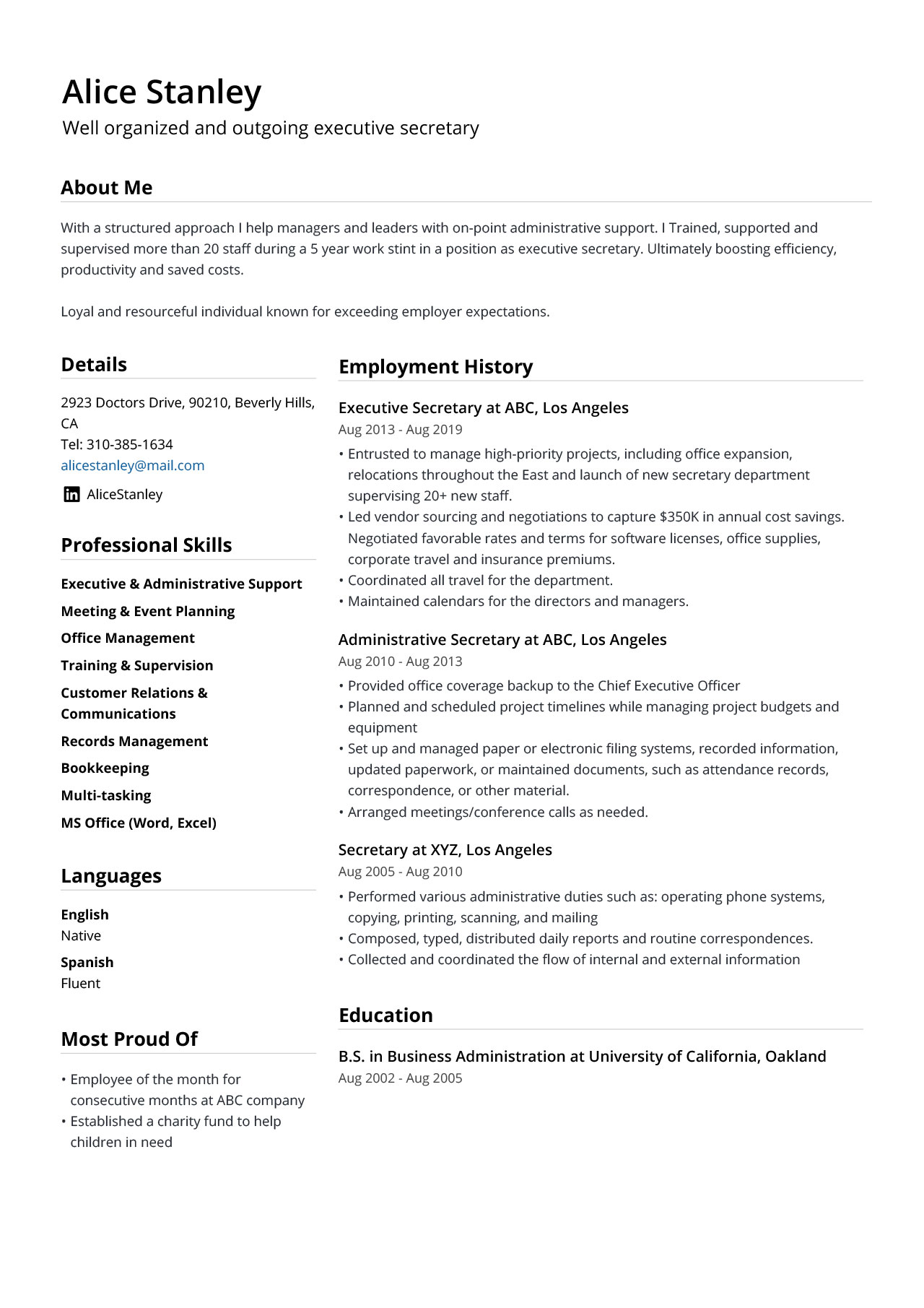

![How to Format a Cover Letter in 2025 [+Example]](https://jofibostorage.blob.core.windows.net/blog/how-to-format-a-cover-letter-header.png)

